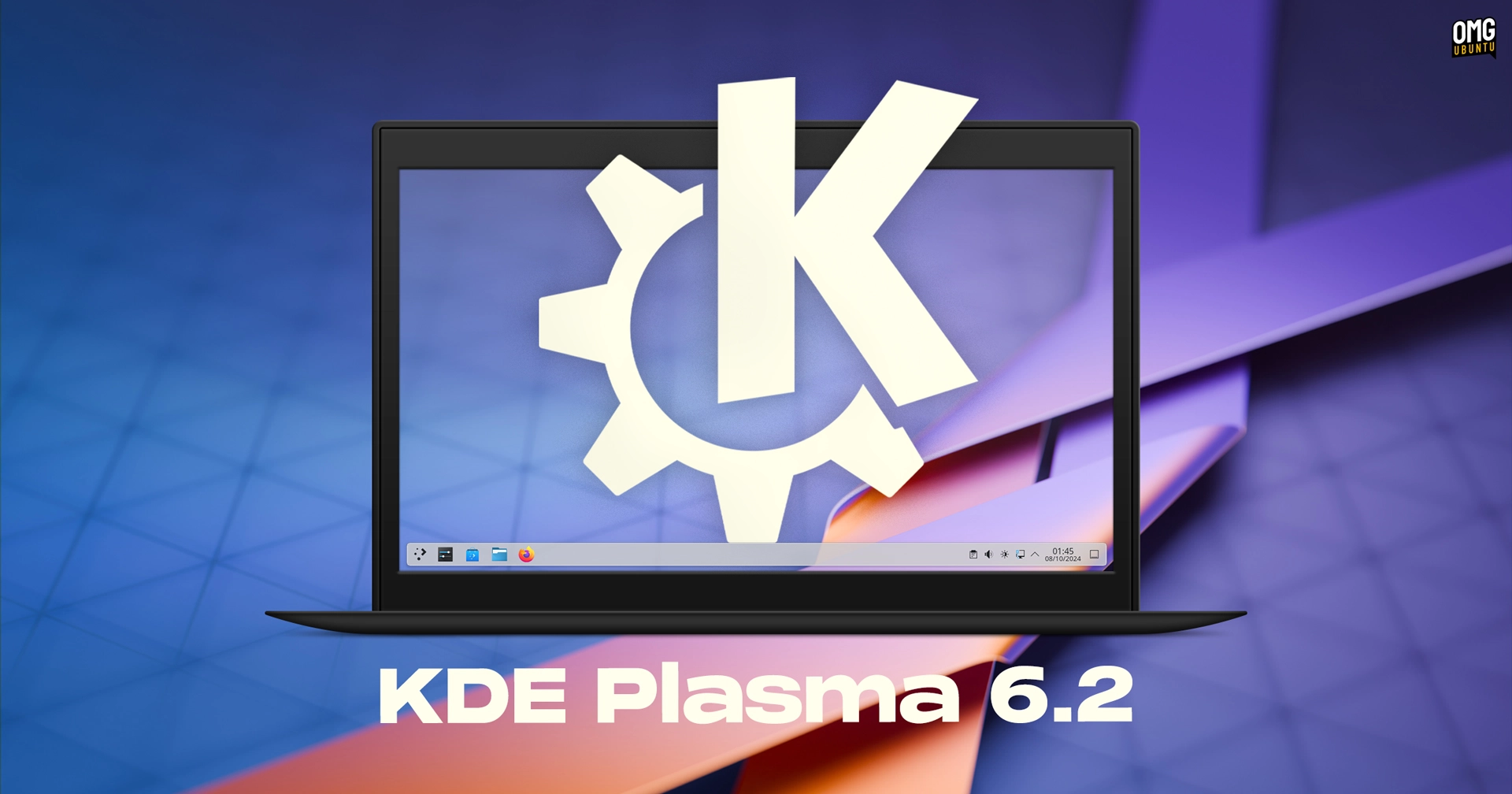A significant update for the KDE Plasma desktop has been launched, filled with an array of new features, enhancements, and improvements aimed at performance.
As the third iteration in the 6.x series, KDE Plasma 6.2 expands upon the groundwork laid earlier this year with KDE Plasma 6.0 and KDE Plasma 6.1, the latter being the version integrated by default in the new release of Kubuntu 24.10.
KDE developers comment on this update:
“Plasma 6 has developed significantly during the past two releases. The typical challenges associated with major transitions have been resolved, and now it’s time to fulfill the expectations set by the new Qt 6 and Wayland technology platforms that underpin Plasma.”
Let’s delve deeper into this topic.
KDE Plasma 6.2: Highlighted Features
Creativity
The support for graphic and drawing tablets has seen significant advancements in KDE Plasma 6.2. This version introduces new configuration options, a calibration wizard, a test mode, and a user-friendly way to reassign stylus and pen button functions to various mouse clicks.
For those utilizing this version of KDE along with a drawing tablet, the Linux 6.11 kernel introduces support for several widely-used, budget-friendly drawing tablets. This enhancement allows users to take advantage of the new features found in the Drawing Tablet section within the System Settings utility.
Improved Power Management
Laptop users will benefit from enhanced power management controls in KDE Plasma 6.2, which now includes new options to override applications that hinder the system from entering sleep mode or prevent the screen from locking.
Furthermore, the updated battery applet now allows you to switch between different power profiles (power save, normal, performance) and introduces a new keyboard shortcut – super + b to easily cycle through these modes. In the power save mode, a leaf icon appears next to the battery icon, while a rocket icon indicates performance mode.
Do you want to control the brightness of each display in a multi-monitor setup individually? This release makes that possible.
Visual Enhancements
There are plenty of visual updates included, though many are subtle improvements rather than flashy new features.
The most striking change, at least in my opinion, is that the app menu now utilizes symbolic icons for categories instead of full-colour icons. This design choice allows the category icons to blend into the background, preventing them from diverting attention away from the app icons that most of us use frequently.
KDE has also mentioned that accent colors have been refined, the Widget Explorer has been redesigned, and the appearance and layout of dialog and pop-up windows have been harmonized.
Other updates
Other significant enhancements and new features introduced in KDE Plasma 6.2 are as follows:
- Wayland color management protocol is now enabled by default
- Improved brightness handling for HDR and ICC profiles
- New tone mapping capability added to the KWin compositor
- An option to shut down after applying an offline system update in Discover
- Colour blindness filters have been incorporated into Accessibility settings
- A cropping tool is available when setting a new user avatar
- The Weather Report applet now displays “feels like” temperature
- You can double-click on
.ovpnVPN profile files to configure new VPN settings - The Clipboard widget now reliably shows previews of images copied to the clipboard
- Store files in
~/Templatesfor easy access from the Create New… context menu
A plethora of bug fixes are also included, alongside the standard package, framework, library, and tooling updates that accompany any major release. For a comprehensive overview of every alteration in KDE Plasma 6.2, you can refer to the full change-log.
Get KDE Plasma 6.2
KDE Plasma 6.2 has officially begun its rollout to users of the stable edition of KDE neon today. Users of rolling-release Linux distributions can expect to receive the update shortly. However, for those on fixed-release distributions like Ubuntu, the update will not come automatically, so exploring alternative repositories or PPAs may be necessary.
The source code is consistently accessible from the KDE website.
